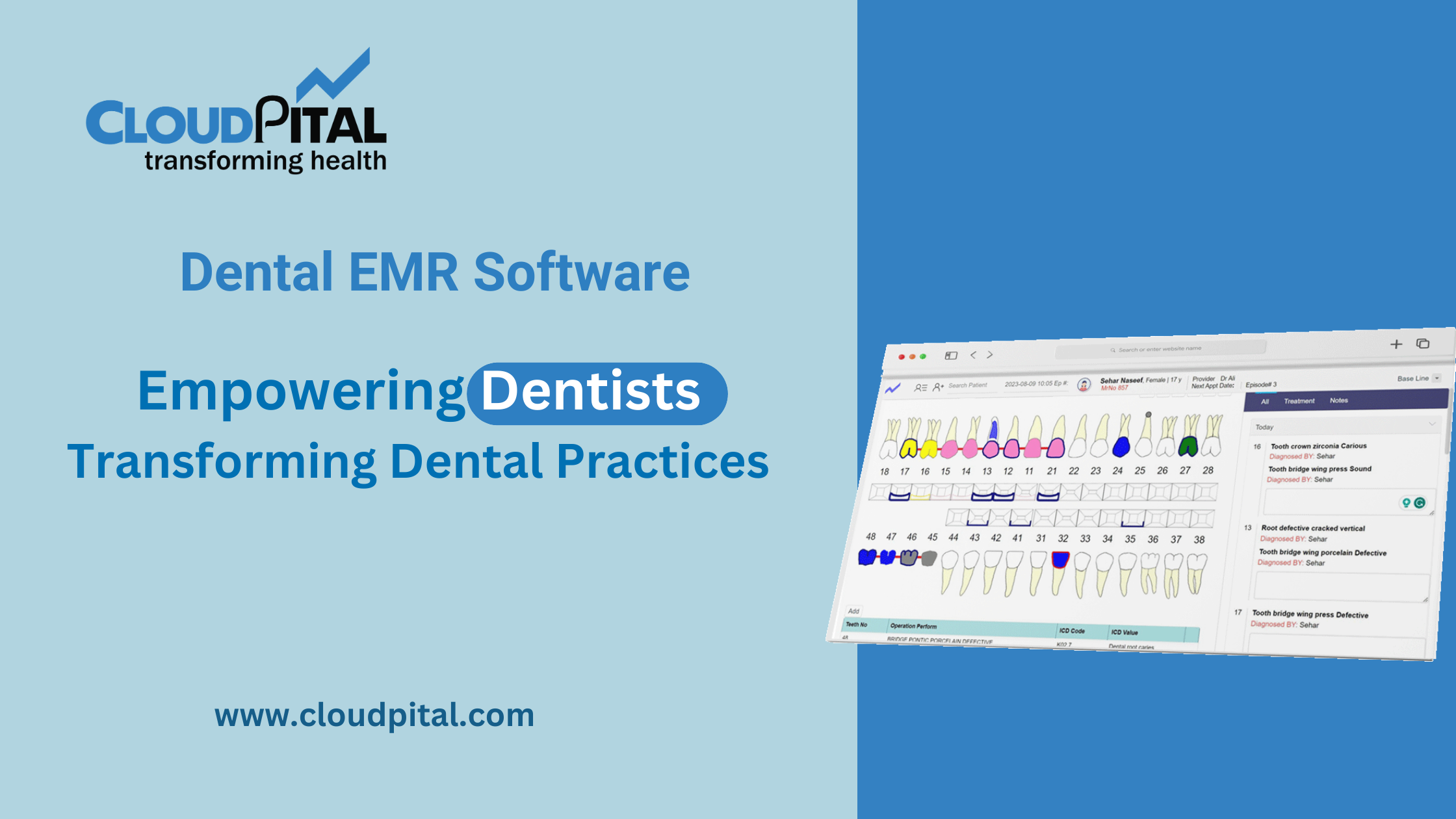Cloudpital # 1 is one of the top Appointments Scheduling patient expectations are increasing and resources are scarce, appointment scheduling has become more than a mere calendar notation—it is a foundation of effective and productive medical practice. Whether it’s a routine check-up, a diagnostic procedure, or a specialist visit, every patient encounter starts with an appointment—and how that appointment is scheduled can be the difference-maker.
Click to Start Whatsapp Chatbot with Sales
Mobile: +966547315697
Email: sales@bilytica.com
Cloudpital # 1 Appointments Scheduling

Defining Appointment Scheduling in Healthcare
Appointments Scheduling in healthcare refers to the process of assigning and managing time slots for patients to consult with healthcare providers. It involves matching:
- Patient needs
- Provider availability
- Resources (rooms, equipment, staff)
The aim is to achieve maximum efficiency, minimize wait times, and deliver high-quality care to each patient, each time.
Scheduling is no longer merely about “squeezing people into a calendar”—it’s an intricate balancing act that must accommodate:
- Clinical urgency
- Patient preferences
- Provider workload
- Administrative policies
- Insurance and referral systems
Types of Appointment Scheduling in Healthcare
There isn’t a single model to rule them all. Healthcare providers employ an assortment of scheduling models depending on size, specialty, and patient population.
Time-Specific Scheduling (Fixed Appointments)
Every patient is allotted a specific time slot—common in outpatient settings and clinics.
- Advantages: Systematic, predictable, and easy to deal with
- Drawbacks: Late arrivals and no-shows will disturb the workflow
Wave Scheduling
A few patients are scheduled at the same beginning time (e.g., every 30 minutes), assuming some will be seen later in the window.
- Advantages: Facilitates handling no-shows or late arrivals
- Cons: Congestion in waiting room may arise in case all patients are present at the scheduled time
Modified Wave Scheduling
Patients are scheduled in staggered periods of time within a limited time frame to minimize wait times and provider idle time.
- Pros: More balanced workflow
- Cons: Demands precise time estimation
Double Booking
Two patients are booked for the same slot of time—often employed when one appointment does not take much provider time (e.g., follow-up or nurse procedures).
- Pros: Enhances provider utilization
- Cons: Risk of delays and lower patient satisfaction
Open (Walk-In) Scheduling
No scheduled appointments; patients are treated on a first-come, first-served basis.
- Pros: Suitable for urgent care
- Cons: Unpredictable workloads and longer wait times
Online Self-Scheduling
Patients schedule their own appointments using an electronic platform, usually with real-time provider availability displayed.
- Pros: Convenient, lowers staff workload
- Cons: Needs strong tech infrastructure and patient education
Challenges in Healthcare Appointment Scheduling
Although the idea is straightforward, implementation can prove tricky due to:
- Last-minute no-shows and cancellations
- Uneven patient demand patterns
- Schedule disruptions due to emergencies
- Managing telehealth and office appointments
- Coordinating with multi-provider and multi-location teams
- Inefficiencies created by clunky manual processes
These are some of the reasons smart digital scheduling systems are needed.
The Emergence of Digital Scheduling Systems
The way appointments get Appointments Scheduling has been revolutionized with technology. Electronic Scheduling Systems have replaced the old paper calendars and seamlessly interface with:
- Electronic Medical Records (EMRs)
- Patient portals
- Telehealth platforms
- Billing systems
- SMS/email notification tools
An example of one of these is CloudPital, a healthcare software platform that provides intelligent, customizable, and scalable appointment scheduling to address the requirements of hospitals, clinics, and specialty practices.

Key Features of Contemporary Scheduling Systems (such as CloudPital)
Real-Time Availability
Providers’ calendars are updated in real time, and therefore staff and patients view only available slots.
Self-Service Portals
Patients can book, EMR Software, or cancel appointments online—24/7.
Automated Reminders
Reminders by SMS and email decrease no-shows and increase attendance.
Integrate Telehealth
Appointments can be taken virtually or face-to-face, with automatic creation of secure video links.
Color-Coded Views
Color-coding for visual simplicity assists staff with managing appointments according to type, urgency, or provider.
Waitlist and Cancellation Management
Rescheduled slots are available to be allocated to patients on the waiting list immediately to reduce lost business.
Analytics and Reporting
Managers can monitor trends in appointments, provider utilization, and patient satisfaction.
Emergency and Priority Handling
Emergency appointments can be marked and prioritized for rapid response.
Benefits of Smart Appointment Scheduling
For Patients:
- Decreased wait times
- Convenient rescheduling
- Improved communication
- Greater control over access to healthcare
For Providers:
- Better work-life balance
- Less no-shows
- More efficient time utilization
- Improve documentation and preparation
For Administrators:
- Simplified operations
- Accurate reporting and data
- Optimization of revenue
- Improved patient retention
- Best Practices for Healthcare Scheduling
Whether through a manual or electronic system, healthcare organizations must adhere to key practices:
Begin with Standardized Time Blocks
Organize the day into typical appointment types and lengths.
Utilize Buffer Slots
Insert catch-up time to accommodate delays or unplanned patient requirements.
Make Online Access Available
Empower patients through self-service scheduling and rescheduling tools.
Send Multiple Reminders
Automate systems to send reminders 24–48 hours prior to appointments.
Monitor Important Metrics
Monitor no-show percentages, average wait times, and appointment lead times to determine areas for improvement.
Train Staff and Educate Patients
Make sure everyone is aware of the scheduling system and processes.
The Future of Appointment Scheduling
The future is smart, predictive, and patient-focused.
Scheduling software powered by AI is being created to forecast appointment durations, recommend best times, and balance provider workloads.
Chatbots will soon help with bookings and confirmations.
Integration with wearables and patient information could automatically schedule follow-up appointments based on biometric warnings.
Platforms such as HIS are already leading the way with these innovations, making sure healthcare institutions are not only keeping pace—but ahead of the curve.
Conclusion
Appointment scheduling can appear to be a simple administrative process, yet it is actually the portal to care delivery. It determines everything from clinical processes to patient satisfaction and financial performance.
As expectations rise and complexity grows, healthcare organizations have no choice but to implement intelligent, connected scheduling systems that not only conserve time but also improve care quality. Solutions such as CloudPital are revolutionizing the scheduling process, producing smoother, faster, and more patient- and provider-friendly healthcare experiences.
Click to Start Whatsapp Chatbot with Sales
Mobile: +966547315697
Email: sales@bilytica.com
What is Appointments Scheduling scheduling in healthcare? similar software solutions prices were updated on 2025-06-15T06:38:55+00:00 in Saudi Arabia in Mecca, Medina, Riyadh, Khamis Mushait, Yanbu, Jeddah, Dammam, Unaizah, Uqair, Ha’il, Ta if, Al Bahah, Dhahran, King Abdullah Economic City, Najran, Diriyah, Qatif, Khafji, Jubail, Abqaiq, List of Cities and Towns in Saudi Arabia, Ras Tanura, Turubah, Jazan Economic City, Knowledge Economic City, Medina, Khobar, Abha, Tabuk, Saudi Arabia, similar software solutions prices were updated on 2025-06-15T06:38:55+00:00 We also provide in Saudi Arabia services solutions company in Hafar Al-Batin, Udhailiyah, Al-Awamiyah, Hofuf, Hautat Sudair, Buraidah, Tayma, Duba, ‘uyayna, Saihat, Al-Kharj, Al-ula, Jizan, Rumailah, Ar Rass, Arar, Shaybah, Al Majma’ah, Rabigh, Dhurma, Haradh, List of Saudi Cities by Gdp Per Capita, Badr, Sudair Industrial City, Baljurashi, Shaqraa, Al-Khutt, Habala, Ad Dawadimi, Dawadmi, Layla, similar software solutions prices were updated on 2025-06-15T06:38:55+00:00 Price is SAR 100 and this was updated on updated on 2025-06-15T06:38:55+00:00 similar What is Appointments Scheduling scheduling in healthcare? software solutions prices were updated on 2025-06-15T06:38:55+00:00 in Saudi Arabia in Haql, Afif, Al-Abwa, Farasan, Al-Jaroudiya, Thadig, Al-Thuqbah, Al Wajh, Almardmah, Al-Zilfi, Muzahmiyya, Prince Abdul Aziz Bin Mousaed Economic City, Tharmada’a, Skaka, Um Al-Sahek, Sharurah, Tanomah, Bisha, Dahaban, Al Qunfudhah, Qurayyat, Saudi Arabia, Ha’ir, as Sulayyil, Al Lith, Turaif, Al-Gway’iyyah, Samtah, Wadi Ad-Dawasir, Az Zaimah, Safwa City, Jalajil, Harmah, Mastoorah, Hotat Bani Tamim, Jabal Umm Al Ru’us, Rafha, Qaisumah, Al-Ghat, Hajrah, Al-Hareeq. Excerpt: Jeddah (also spelled Jiddah, Jidda, or Jedda; Arabic: Jidda) is a Saudi Arabian city located on the coast of the Red Sea and is the major urban center of western Saudi Arabia similar software solutions prices were updated on 2025-06-15T06:38:55+00:00 Price is SAR 100 and this was updated on updated on 2025-06-15T06:38:55+00:00



